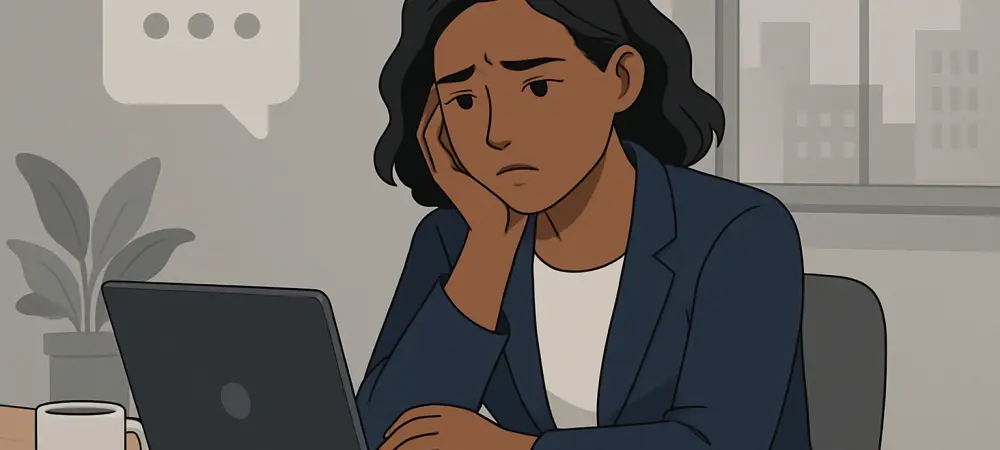I’m thrilled to sit down with Ling-Yi Tsai, a seasoned HRTech expert with decades of experience helping organizations navigate change through innovative technology. With her deep knowledge of HR analytics tools and expertise in integrating tech solutions into recruitment, onboarding, and talent management, Ling-Yi offers a unique perspective on the evolving landscape of hiring in the tech industry. In this conversation, we dive into the challenges job seekers face, the intricacies of modern recruitment processes, and the lessons that can be learned from persistent effort in a competitive market. We also explore how technology and communication gaps impact candidates and what strategies can help bridge those divides.
How did you come to understand the frustrations job seekers face in today’s tech industry hiring landscape?
Over the years, I’ve worked with countless organizations and candidates, and I’ve seen firsthand how the hiring process can be a rollercoaster of emotions. Many tech professionals, despite being highly skilled, often face long waits and unclear communication after interviews. I recently came across a story of a candidate who reached the final round for multiple roles—five, to be exact—and still received no feedback. That kind of silence can be incredibly disheartening. It’s a common issue in the tech space, where the high demand for talent ironically leads to slower, less transparent processes due to the sheer volume of applicants.
What do you think drives the lack of feedback or communication from companies after final interview rounds?
A big factor is the internal complexity of decision-making. After the last round, hiring teams often need to convene for panel discussions, and these can be delayed by scheduling conflicts or the involvement of senior leadership. In the tech industry, where there’s a vast pool of talent, companies might also take longer to weigh their options, sometimes leaving candidates in limbo. It’s not always intentional, but it reflects a disconnect between the company’s process and the candidate’s need for closure. I’ve seen how this can erode trust and confidence in the system.
How do you see the competitive nature of the tech job market influencing hiring timelines and candidate experiences?
The tech industry is unique because there’s both high demand for skilled workers and an oversupply of qualified candidates. This creates a paradox where companies can afford to be picky, often prolonging their decision-making to ensure they’ve found the perfect fit. For candidates, this means longer waits and sometimes being “ghosted” even after a seemingly positive final round. It’s not uncommon for a process that feels promising to end in silence, simply because another candidate edged them out or a budget issue arose at the last minute.
What strategies would you recommend to job seekers to manage the uncertainty and emotional toll of waiting for post-interview responses?
First, I always advise candidates to keep applying to other roles while waiting. Pausing your search can heighten anxiety and put all your hopes in one basket. It’s also helpful to set personal deadlines—decide how long you’re willing to wait before following up, and then reach out politely for an update. Beyond that, focus on self-care and mindset. Remind yourself that reaching the final stage is a significant achievement, and silence often reflects internal delays rather than your qualifications. Community support, like engaging with others online, can also provide perspective and encouragement during these tough waits.
How can candidates better navigate conversations around sensitive topics like salary expectations during the hiring process?
Discussing salary early is crucial to avoid misalignment later. I recommend bringing it up after the first or second round, once there’s mutual interest, but framing it tactfully. You might say, “I’d love to understand the budget for this role to ensure we’re aligned.” If possible, research industry standards beforehand so you can quote a range that’s competitive yet flexible. I’ve seen cases where candidates who clarify compensation upfront save themselves from investing time in a process that ultimately doesn’t meet their needs. It’s about being proactive without seeming overly focused on money.
What lessons do you think job seekers can take away from repeatedly reaching the final round, even if they don’t secure an offer?
Reaching the final round consistently is a strong signal that your skills and presentation are on point. It shows you’re competitive, even if external factors like budget constraints or a slightly better fit elsewhere come into play. The key lesson is persistence—don’t let the lack of feedback undermine your confidence. It’s also a reminder to diversify your applications and not pin all hopes on one opportunity. Every interview, even if it doesn’t result in an offer, is practice that sharpens your ability to articulate your value.
What is your forecast for the future of hiring practices in the tech industry, especially regarding communication and transparency?
I believe we’re heading toward more tech-driven solutions to improve transparency in hiring. Tools powered by HR analytics can streamline communication, providing automated updates to candidates about their status. I also think there’s growing pressure on companies to prioritize candidate experience as a part of their employer brand—ghosting candidates can hurt their reputation in a tight-knit industry like tech. While challenges like delays won’t disappear overnight, I’m optimistic that increased adoption of technology and a cultural shift toward empathy will make the process more humane and responsive in the coming years.

